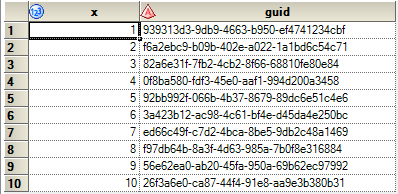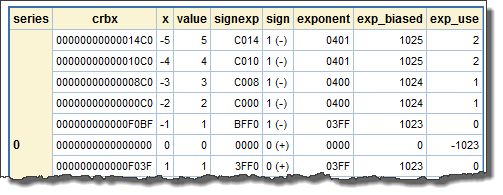
What's in a name? As Shakespeare's Juliet said, "That which we call a rose / By any other name would smell as sweet." A similar statement holds true for the names of colors in SAS: "Rose" by any other name would look as red! SAS enables you to specify a





























